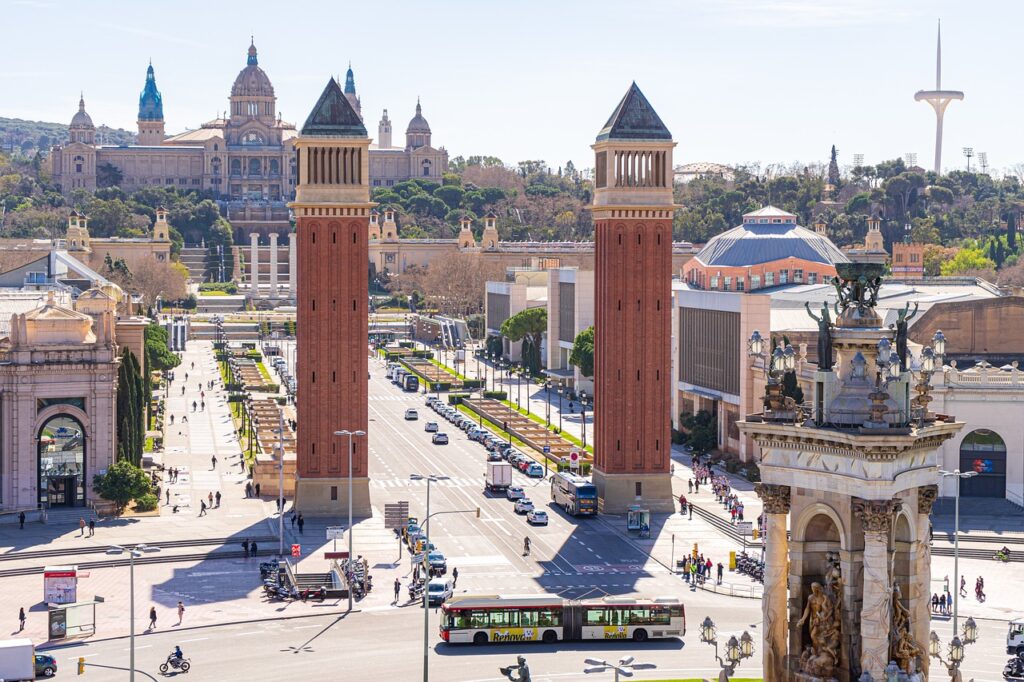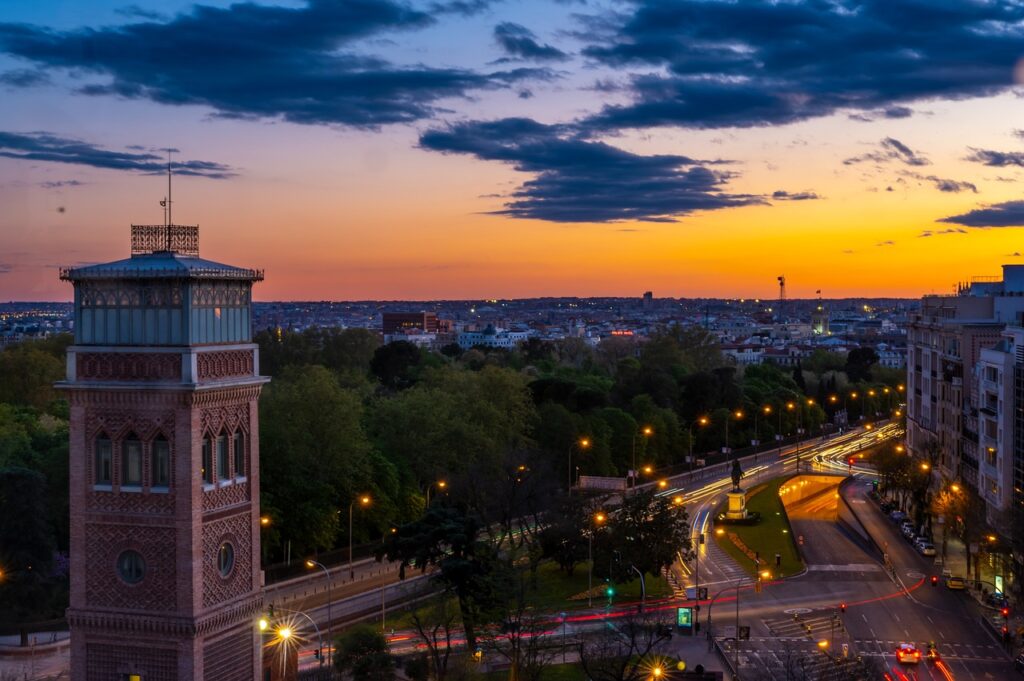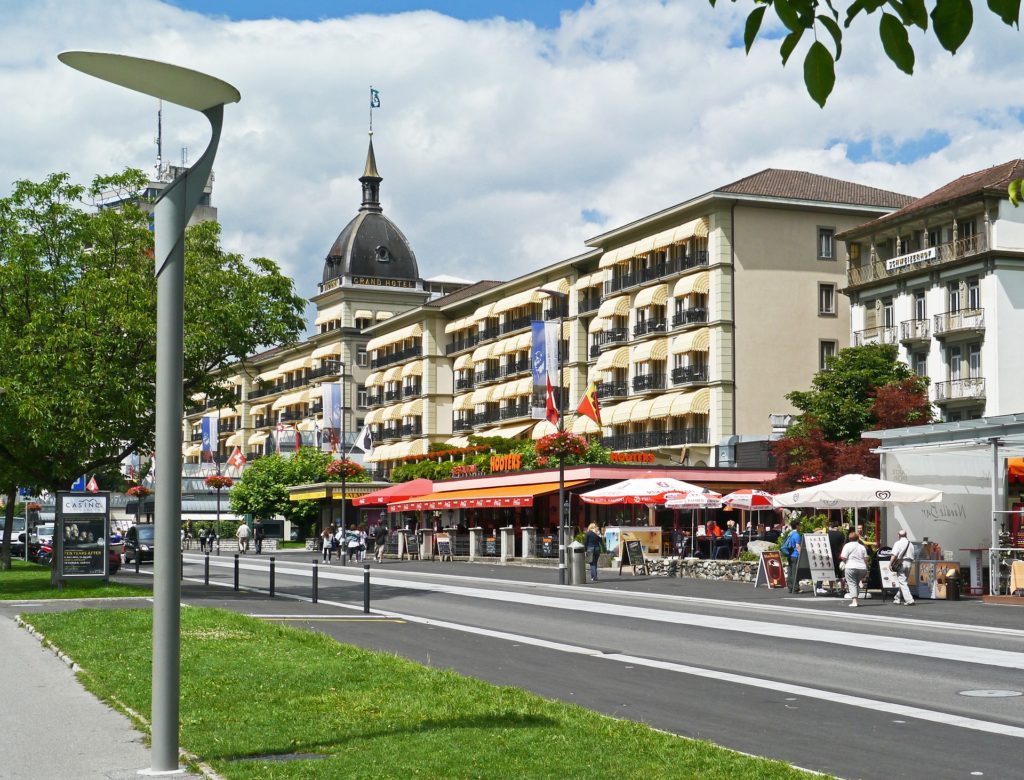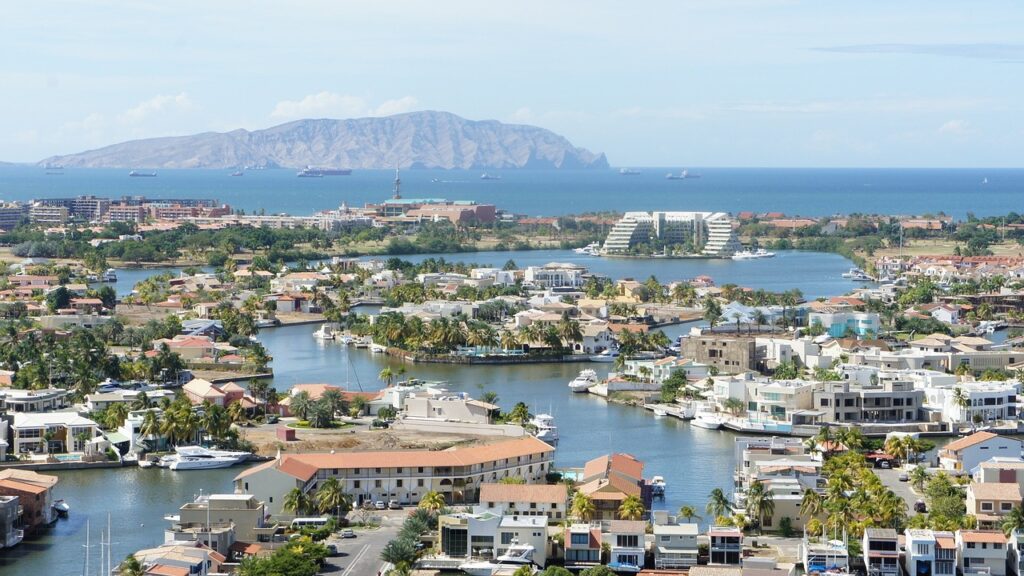For many, Spain is the holy grail of travel destinations. It’s a country of contrasts with so much to offer every type of traveler. Spain is a land of historic plazas, flamenco, tapas, and a lazy afternoon siesta to recharge before dancing the night away. Depending on your desired experience, Spanish cities offer different experiences that cater to different travelers.
Madrid and Barcelona are hip destinations that blend history with the intricacies of the modern traveler. Granada leans more on a Moorish background while the Basque region is the cultural stronghold known for its exceptional wines. Regardless of where the adventure leads, you’re destined for an unforgettable time in this beautiful country. We have curated this guide to help you make the most of your trip.
Best Time to Visit Spain
The best time to visit Spain depends on what you want to do or the particular city you plan on visiting. However, the most popular seasons are typically spring (April to May) and fall (September to October). These two windows offer moderate conditions for exploring the outdoors. In the spring months, temperatures range from 54°F to 63°F while in fall they range between 63°F and 70°F.
You can also plan your visit around different events like the Running of the Bulls in Pamplona that takes place every July. For wine lovers, September is a perfect time to plan your trip. It’s officially the harvest season and several festivals run across the wine country.
For those looking to scour the capital, plan your trips outside of the summers for a wonderful experience. Madrid experiences sweltering summers that make the outdoors nearly unbearable. Temperatures typically range between 68°F and 90°F. And towards the end of August, it gets even worse with afternoon temperatures reaching 100°F. It gets so hot that some attractions and restaurants do half-days, closing as early as 2 p.m.
Coastal regions and islands typically experience an eternal springtime climate and are year-round destinations. These include: Costa del Sol, Costa Blanca, and the Canary Islands. If you want a swim or rave at the beach without worrying about temperatures dipping, any of these regions will give you just that.
How to Get to Spain
Flying is the most efficient way to get to Spain. There are about 57 service airlines that fly from the US to Spain every day. The most popular route is from New York to Madrid. Many airlines offer flights between New York’s John F. Kennedy International Airport and Adolfo Suarez Madrid-Barajas Airport. On average, a round-trip ticket costs about $1,300 and takes between 7-8 hours depending on the time of the year.
If you’re coming from other European cities and aren’t in any sort of rush, take a high-speed train to either Madrid or Barcelona. Companies like SNCF and RENFE run several routes from different French cities like Paris, Lyon, and Montpellier. If you’re coming from London, you’ll likely get to Spain via a transit in Lyon. Eurostar runs about five times between London and Lyon. Once in Lyon, you’ll board either SNCF or RENFE for your trip to Spain.
Must-see Attractions in Spain
Spain has so much to offer that you could go on for months before exhausting all there is to do in this beautiful country. For weekend escapes and other short vacations, we have summed up these into a handful to help you get the gist of what makes this country a traveler’s haven. Here are the must-see attractions in Spain.
Explore Barcelona

Image by Dominick Vietor from Pixabay
If you love late-night meals or crazy partying then Barcelona should be the base for your trip. The beautiful city bustles with many bars that cater to those with a nocturnal lifestyle. Head to Barceló Raval for an unforgettable Spanish soirée. The neighborhood is home to some of the oldest bars in Spain like Olympic Bar and Casa Amirali.
For history buffs, museum-hopping should be the highlight of your time in Barcelona. Make sure to visit Museu d’Història de la Ciutat. It’s one of the best museums not just in Spain but in Europe as a whole. The museum houses the largest Roman catalog outside Rome. Another museum to check out is the Picasso Museum. Here, you’ll find about 5000 works of Pablo Picasso.
Explore the Capital

Image by Piet van de Wiel from Pixabay
Madrid is another bustling hub with so much to offer every traveler. Whether you’re a foodie, a history buff, or a night owl, Madrid has something to offer. For history buffs, make sure to visit Museo Del Prado, the Royal Palace, and the Temple of Debod.
These will scratch every itch and give you an unforgettable experience. For instance, Museo Del Prado is one of the largest museums in the world with a huge catalog. On the other hand, the Temple of Debod was initially a Nubian structure relocated from Egypt.
For foodies, make sure to visit streets like Cava Baja, Cava Alta, and Humilladeros. These are lined with food spots selling tapas, a Spanish culinary cuisine you can’t miss out on. Tapas cost between 3 to 4 euros depending on the type and restaurant.
Check Out Granada








